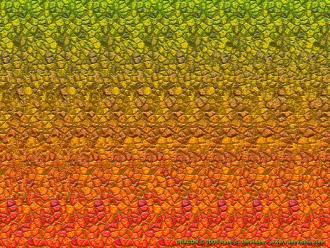
An older man walks into a bar...
An older man walks into a bar wearing a stovepipe hat, a waistcoat and a phony beard. He sits down at a bar and orders a drink. As the bartender sets it down, he asks, "Going to a party?"
"Yeah, a costume party," the man answers, "I'm supposed to come dressed as my love life."
"But you look like Abe Lincoln," protests the bartender.
"That's right. My last four scores were seven years ago."
"Yeah, a costume party," the man answers, "I'm supposed to come dressed as my love life."
"But you look like Abe Lincoln," protests the bartender.
"That's right. My last four scores were seven years ago."

